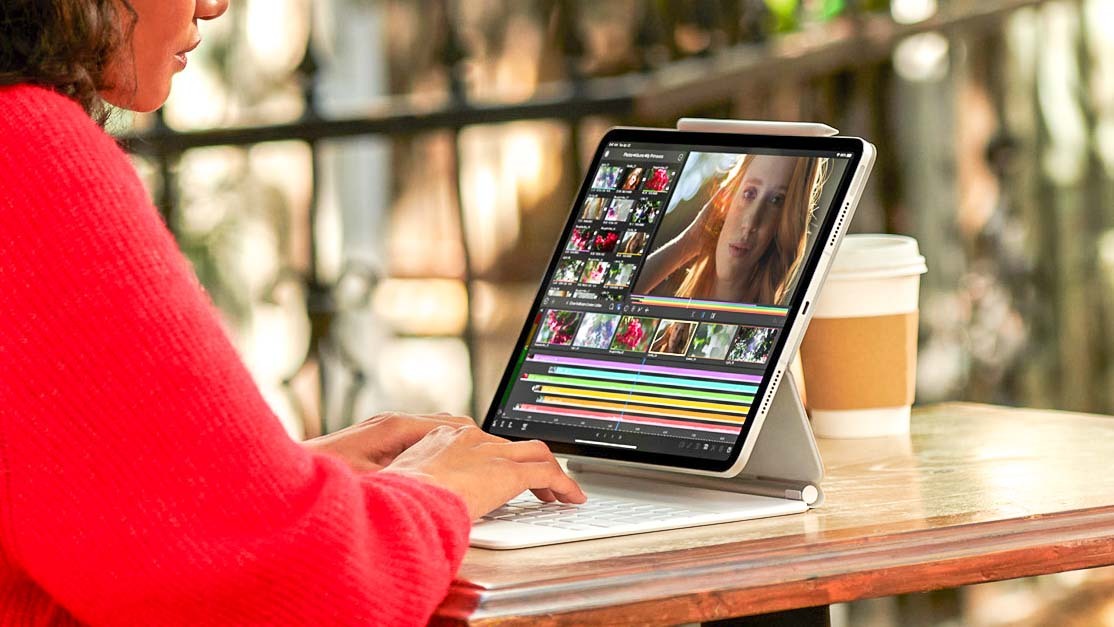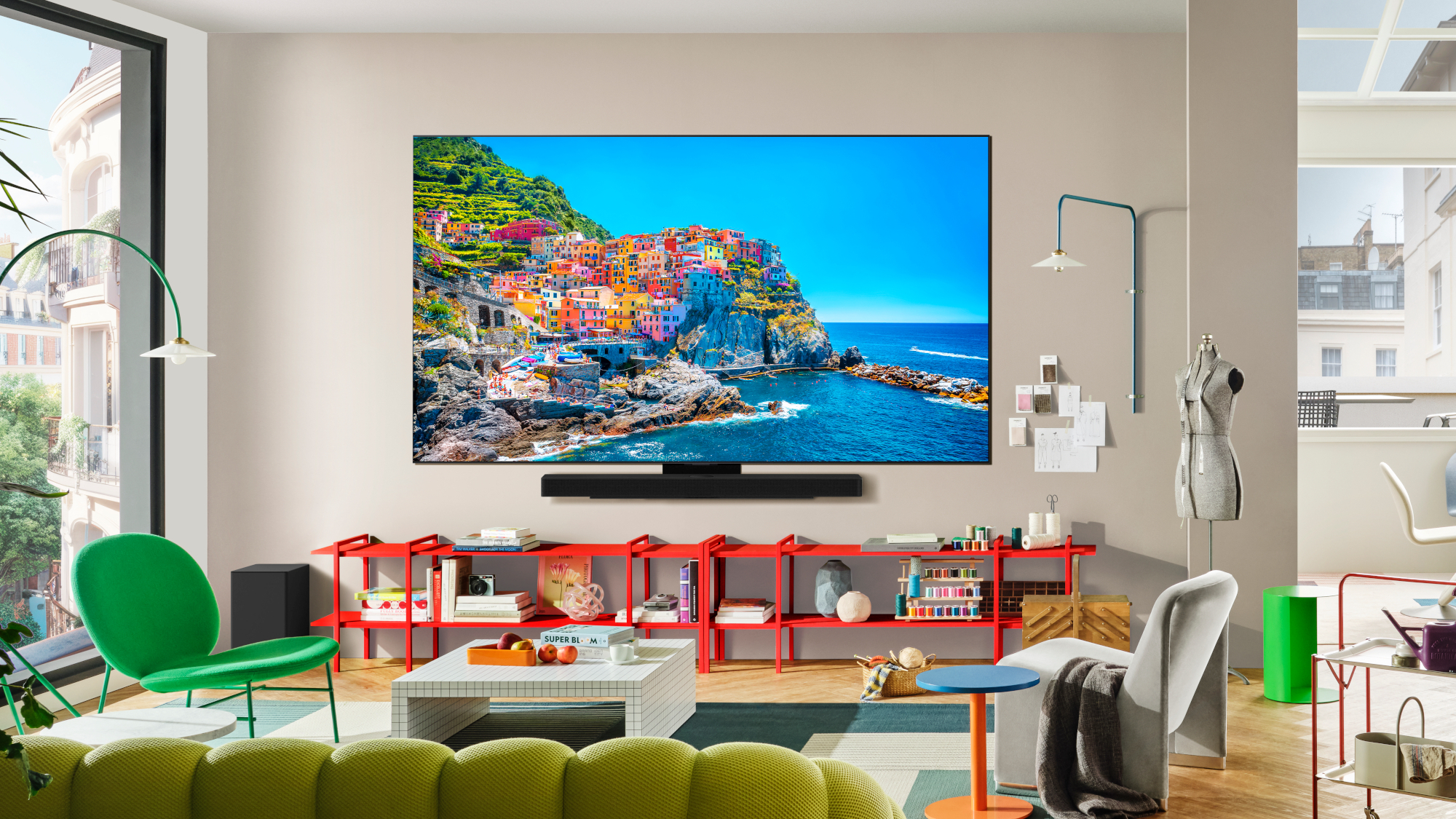iPad Pro 2021 — mini-LED is a big deal, and here's why
Mini-LED displays can deliver big improvements for the new iPad Pro 2021

Apple just announced that the new iPad Pro 2021 has a huge upgrade. The 12.9-inch model sports a mini-LED display (sorry 11-inch iPad Pro, maybe next year?). But what is mini-LED, and why would you want it?
More importantly, what would a mini-LED display mean for the new iPad Pro terms of picture quality, design, or even price? Let's take a look and find out.
- The best tablets right now
- The new Apple TV 4K is confirmed
What is mini-LED?
Mini-LED refers to a new backlight technology that backs the LCD panel of the new iPad Pro with diodes that are just a fifth the size of a standard LED, measuring as little as 200-600 micrometers across. (Not to be confused with micro-LED, which uses even smaller LEDs not as the backlight, but as individual pixels of the display. If you still have questions, check out our guide Micro-LED vs. Mini-LED: What's the difference?)
That smaller size means that you can pack hundreds of individual LEDS behind the 12.9-inch screen of the iPad Pro. But more importantly, the densely packed mini-LEDs allow for tinier and more tightly controlled lighting zones.
These small blocks of screen space can be independently brightened or dimmed, letting the display tailor the brightness to the content on screen, giving the display better contrast with deeper black levels and higher brightness. It also gives high dynamic range (HDR) content a boost with better lighting for specular highlights and subtle shadows.
Smaller LEDS = Better picture quality
On a TV, that makes for a level of improvement that elevates the performance of an LCD display to something closer to OLED. On an iPad or MacBook, it will certainly result in better video playback and richer visuals for gaming and other content.
Mini-LED screens for the iPad and MacBook have been rumored for sometime now – since spring of 2019 – and are speculated to provide a stepping stone between current LCD panels and an eventual shift to OLED displays. Whether that's as a step-up premium option, or a full replacement of the upcoming mini-LED displays has yet to be seen.
Sign up to get the BEST of Tom's Guide direct to your inbox.
Get instant access to breaking news, the hottest reviews, great deals and helpful tips.
Mini-LED has so far shown to be a solid win whenever it's been used on a display, though we've so far seen that only in TVs. (See why we're calling 2021 the Year of the mini-LED TV to learn more.) However, even at a smaller screen size, there's no reason to think that mini-LED would be anything but a major improvement over the iPad's current Liquid Retina LED-lit panels.
How does this help the iPad Pro?
But the changes brought by mini-LED extend beyond picture brightness and boosted color performance. They also let manufacturers make screens thinner, and they have better energy efficiency than even current LED backlights.
The promise of thinner displays opens up options for thinner iPads and laptops, but when has Apple ever wanted a thinner, lighter design? Well, given the constant use of "Air" as branding for it's laptops and tablets, plenty. And slimmer designs are a definite option with mini-LED.
The more energy-efficient displays enabled by mini-LED will also deliver better battery life, assuming no change to the existing battery size and capacity. But it's also worth noting that a thinner display in the iPad could also allow for larger internal batteries. The combination could be a huge upgrade.
Thinner and lighter designs, better battery life and improved picture all sound like pretty great improvements.
Unfortunately, such a gain will have to wait for next year, if at all. The iPad Pro 2021 is slightly thicker than its predecessor, measuring 0.25 inches (the 2020 iPad Pro was 0.23 inches thick).
What about the price?
And the best part? The switch to mini-LED generally happens without the major jump in price you'd have to stomach to upgrade to OLED. On the TV side, mini-LED models are within a couple hundred dollars in price compared to their standard LED competitors, despite the significant picture quality improvements the new tech allows.
That said, the new iPad Pro is more expensive, $100 more than the previous model, at $1,099. So, I guess we should count our blessings. An OLED iPad Pro could have made the tablet even more expensive.
- Next: See all the MacBook Pro 2021 rumors
Brian Westover is currently Lead Analyst, PCs and Hardware at PCMag. Until recently, however, he was Senior Editor at Tom's Guide, where he led the site's TV coverage for several years, reviewing scores of sets and writing about everything from 8K to HDR to HDMI 2.1. He also put his computing knowledge to good use by reviewing many PCs and Mac devices, and also led our router and home networking coverage. Prior to joining Tom's Guide, he wrote for TopTenReviews and PCMag.

